The world of science thrives on discovery and innovation, inspiring hope and curiosity in people everywhere. Yet, history reveals that not every breakthrough stands up to scrutiny. Time and again, sensational findings have mesmerized the public—only to be unmasked as elaborate hoaxes. These infamous incidents serve as powerful reminders of why skepticism, rigorous peer review, and an unwavering commitment to truth are so essential in scientific inquiry. Let’s explore 15 famous cases that remind us how easily even experts can be deceived.
1. Piltdown Man

In 1912, the discovery of the Piltdown Man fossil stunned the scientific community. Touted as the elusive “missing link” in human evolution, it promised to rewrite our understanding of humanity’s origins. However, the fossil—painstakingly assembled from a human skull and an orangutan jaw—was a clever forgery. For over forty years, experts were deceived until advanced testing exposed the truth. This notorious case, as detailed in Smithsonian Magazine, warns of the dangers of confirmation bias in science.
2. The Cardiff Giant

When the Cardiff Giant was unearthed in 1869, it was hailed as astounding proof of a petrified prehistoric man. Crowds flocked to see the “giant,” and fierce debates raged over its authenticity. Eventually, experts revealed it was a carefully carved gypsum statue, masterminded by George Hull as a satirical prank on religious literalists. The Cardiff Giant, as recounted by History.com, remains one of America’s most enduring archaeological hoaxes.
3. The Tasaday Tribe

In the 1970s, the Tasaday tribe in the Philippines captivated the world as a supposed “Stone Age” community, believed to be isolated from modern civilization.
However, follow-up investigations revealed that tribe members had been coached to appear primitive for anthropologists and journalists.
This revelation, highlighted by the BBC, ignited debates about the reliability of anthropological research and the importance of verifying sensational claims.
4. Archaeoraptor

In 1999, Archaeoraptor was unveiled with great fanfare as a crucial “missing link” between birds and dinosaurs.
The fossil’s authenticity was soon questioned, and detailed analysis revealed it was actually a composite—pieced together from two separate species.
This misstep, which embarrassed National Geographic, underscored the dangers of rushing scientific announcements without thorough peer review.
5. The N-ray Affair
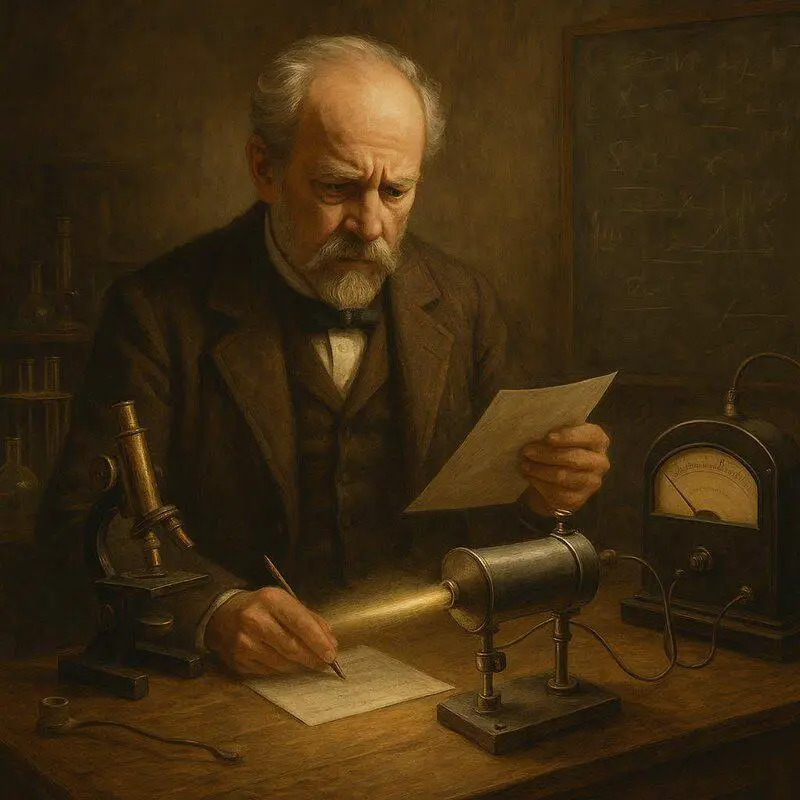
In 1903, French physicist René Blondlot announced the discovery of a mysterious new radiation, dubbed N-rays.
Intriguingly, no other scientists could replicate Blondlot’s results.
Eventually, the phenomenon was exposed as a case of self-deception and flawed experimentation.
As described by APS Physics, the N-ray affair remains a compelling lesson on the necessity and effectiveness of peer review in science.
6. The Polywater Scare

In the 1960s, Soviet researchers announced the discovery of polywater, a supposed new form of water with bizarre and potentially world-changing properties.
Excitement quickly spread, but further investigation revealed the strange results were simply due to contamination.
The polywater episode, detailed in Nature, remains a classic example of why reproducibility is so critical in scientific research.
7. Cold Fusion
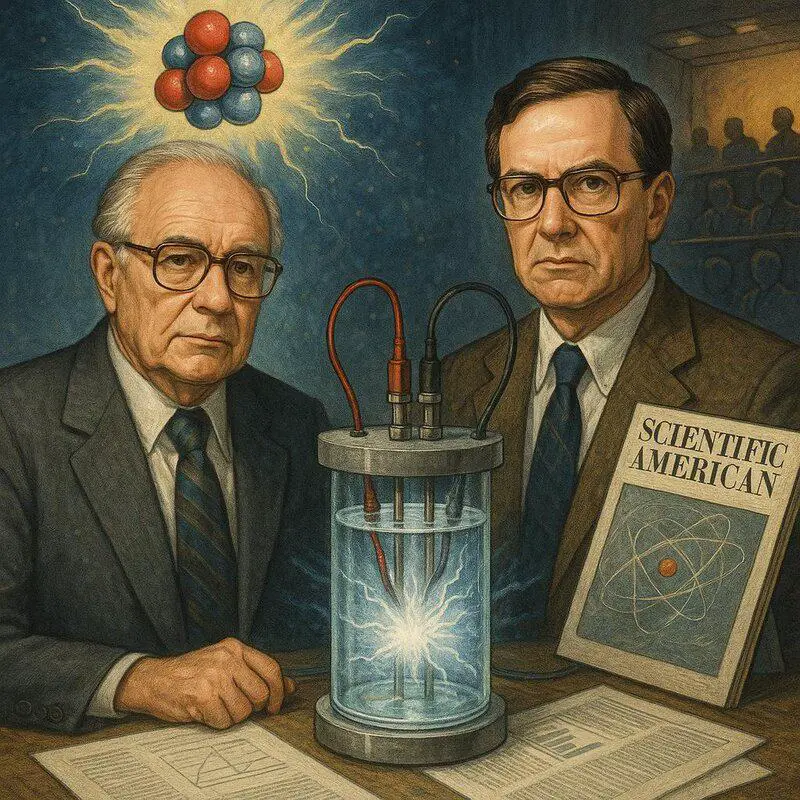
The announcement of cold fusion by Martin Fleischmann and Stanley Pons in 1989 sent shockwaves through the scientific world.
They claimed to have achieved nuclear fusion at room temperature, a breakthrough that promised limitless clean energy.
However, other researchers failed to reliably replicate their results, and scrutiny revealed methodological flaws.
The episode, explored by Scientific American, stands as a cautionary tale against premature and overhyped discoveries in science.
8. The Calaveras Skull

In 1866, the Calaveras Skull was unearthed in California and triumphantly declared proof that humans lived in North America during the Pliocene era.
In reality, it was a modern human skull, deliberately buried as part of an elaborate prank.
As chronicled by the Smithsonian, this hoax ignited heated debates and enduring controversies in American archaeology.
9. The Sokal Affair

In 1996, physicist Alan Sokal famously submitted a paper filled with deliberate nonsense to a respected cultural studies journal.
To his astonishment—and dismay—it was published without scrutiny.
The resulting scandal, detailed by The Guardian, exposed glaring lapses in editorial oversight and ignited fierce debate about academic rigor and standards in the humanities.
10. The Nebraska Man
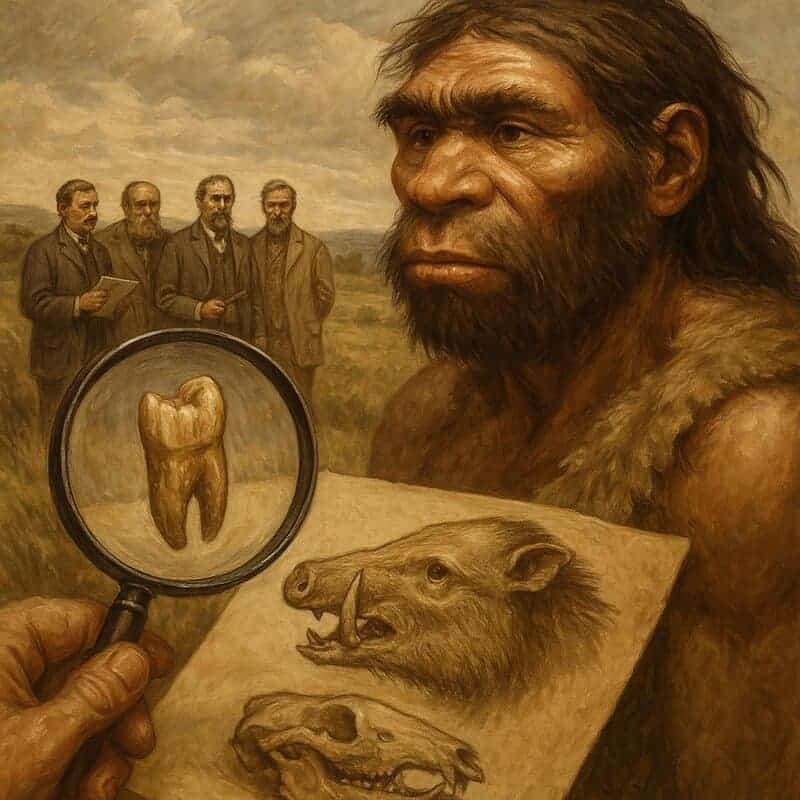
In 1917, the discovery of a single tooth in Nebraska set off a wave of excitement, leading scientists to reconstruct an entire prehistoric human known as Nebraska Man.
However, further analysis revealed the tooth actually belonged to an extinct peccary, not a human ancestor.
As explained by Britannica, this incident stands as a classic example of scientific overreach and the dangers of jumping to conclusions.
11. The Baloney Detection Kit
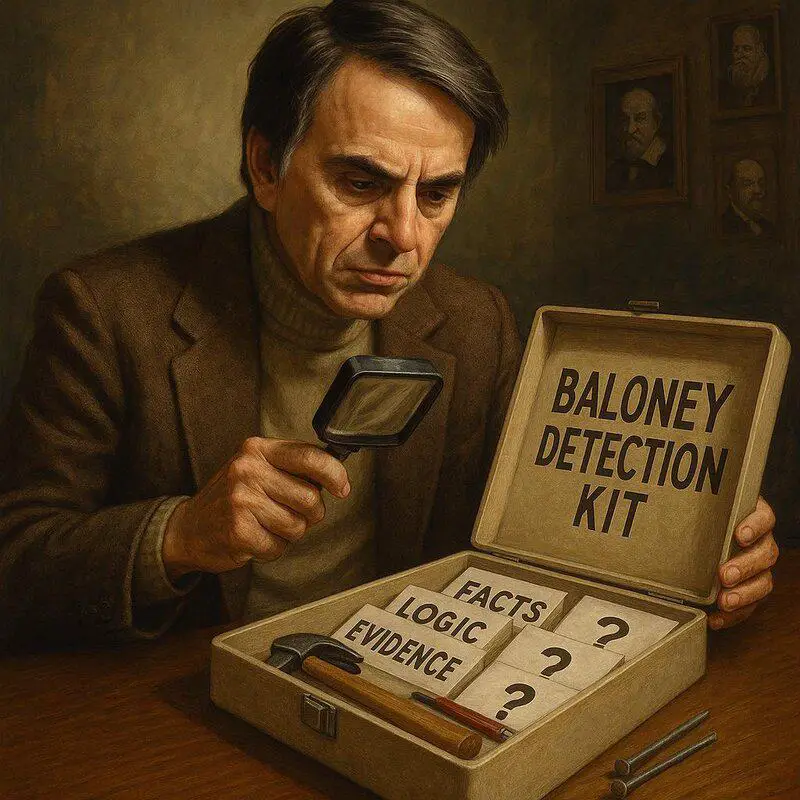
Although not a hoax, Carl Sagan’s “Baloney Detection Kit” rose to prominence as a guide for identifying pseudoscience—its principles inspired by many infamous scientific frauds.
As described by Scientific American, Sagan’s toolkit encourages critical thinking and skepticism when confronted with extraordinary claims, helping safeguard science from future deceptions.
12. The Great Moon Hoax

In 1835, the New York Sun captivated the public by publishing a series of articles claiming a British astronomer had discovered fantastical life forms on the moon.
Complete with vivid illustrations, the entire story was a work of fiction, yet it deceived countless readers.
As explored by the Smithsonian, this episode demonstrates the enduring power of sensationalism in media.
13. The Lysenko Affair

Trofim Lysenko rose to prominence in Soviet science by rejecting mainstream genetics in favor of unproven, pseudoscientific ideas.
With political backing, Lysenko’s theories became official policy, resulting in failed agricultural practices and the persecution of genuine scientists.
As detailed in Nature, the Lysenko Affair set Soviet biology back for decades and stands as a stark warning about the dangers of ideology overruling scientific evidence.
14. The Humanzee Experiments
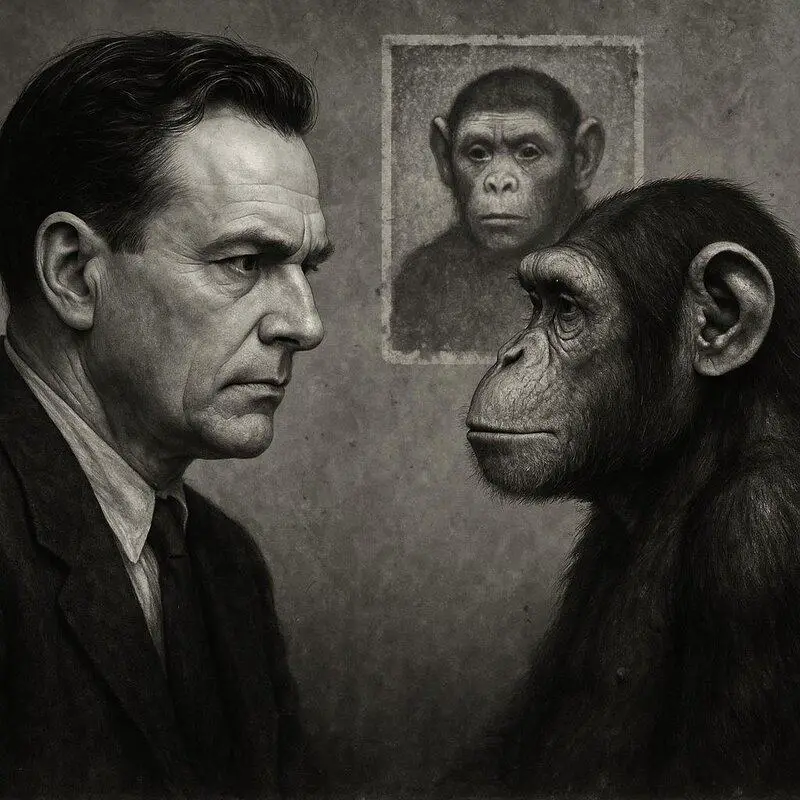
Since the 1920s, sensational rumors have circulated about the creation of human-chimpanzee hybrids, often referred to as “humanzees.”
Despite occasional claims of success, no credible scientific evidence has ever supported these stories.
Most have been thoroughly debunked as hoaxes or persistent myths.
As explained by National Geographic, this enduring legend continues to fascinate and mislead.
15. The Hitler Diaries

In 1983, the German magazine Stern made international headlines by publishing what it claimed were Adolf Hitler’s lost diaries, bolstered by scientific authentication.
The excitement quickly faded when experts exposed the diaries as crude forgeries.
As covered by the BBC, the scandal embarrassed historians and forensic scientists, underscoring the importance of rigorous verification in evaluating sensational discoveries.
Conclusion

The stories of these famous scientific hoaxes reveal just how easily even the brightest minds can be misled by fraud, wishful thinking, or the excitement of a sensational discovery.
They are vivid reminders of why skepticism, rigorous peer review, and transparency are vital to the scientific process.
By studying these cautionary tales, we can help safeguard the integrity of science—ensuring that future breakthroughs are grounded in truth, not deception.
Always question, always verify, and let curiosity be guided by evidence.
.article-content-img img { width: 100% }



Vielleicht interessiert es Sie:
Wussten Sie! Minensuchratten auf dem Schlachtfeld und sie sind super effektiv!
Wie viele Giraffenarten gibt es? Leben sie alle in Afrika?
Der Vogel ist das Weibchen der Vögel: wahr oder falsch?
Warum bauen Biber Dämme? Welchen Nutzen?
Warum leben manche Tiere nachtaktiv? Welche Vorteile?
Küssen Tiere? Ist das die gleiche Bedeutung wie Menschen?
200+ Hilarious Seahorse Jokes That Will Make You Smile and Giggle
200+ Funny Investment Jokes to Boost Your Financial Humor Game